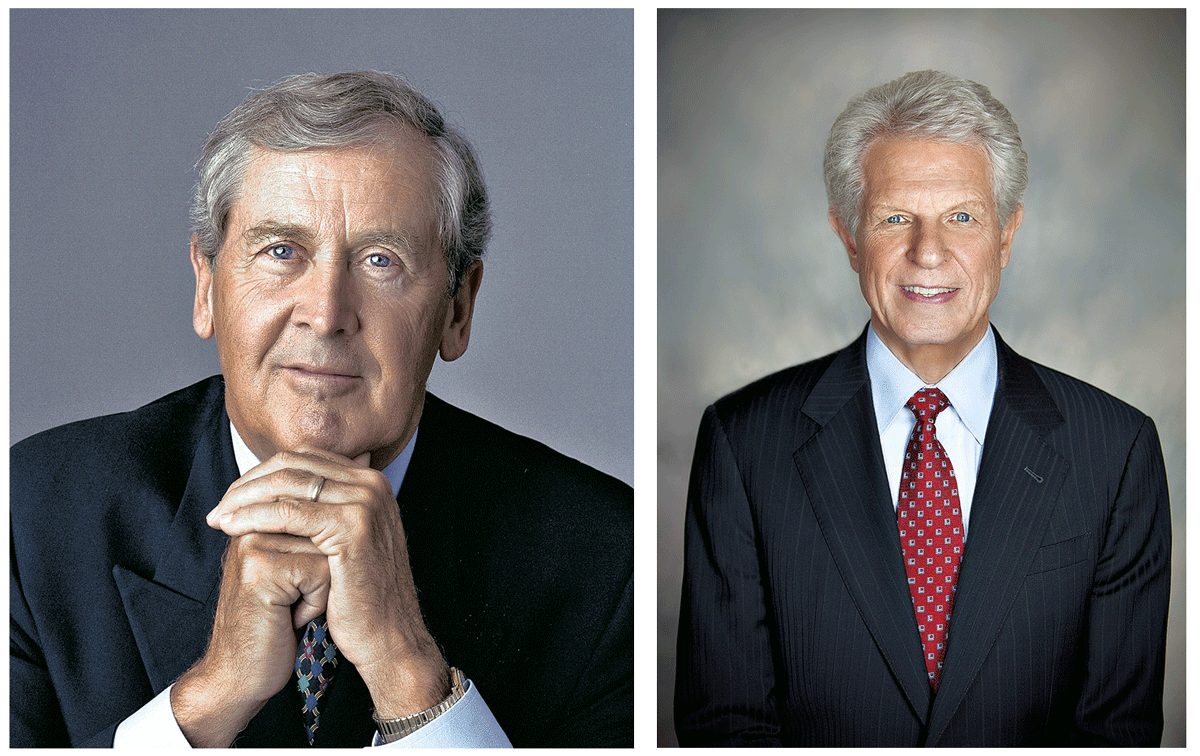It will hardly be big news for readers of Branding Strategy Insider, but we now live in the era of the brand. Most marketers are fully aware that the ultimate factor that will determine their personal career progression and the general health of their organizations will be their ability to build and protect their brands.
But despite a plethora of debate within the industry on the topic, most organizations are still struggling to get to grips with their own specific brands. The problem for most managers comes when they attempt brand positioning.
Look across any strategic activity – marketing communications or packaging, for instance, and it’s clear that all of these and many more activities depend on having a clear and concise brand position. What is our brand?
How does it behave? What does it stand for? These are all questions that must be answered if a brand is to succeed.
The problem with most companies is that they miss the central tenet of brand positioning: less is more. Most marketers are driven by their large capital expenditures on brand positioning and the enormous amount of personal time they devote to the project to produce an elaborate and complicated multiple slide presentation.
Typically companies have brand values, brand characteristics, brand personality and a host of other brand-related concepts within this presentation.
Yet, this plurality of different concepts stands directly opposed to the principle of clear, concise and consistent branding.
For your brand positioning to be effective it must reach every organizational nook and cranny and then every customer interaction. If you have a strong brand, your receptionist knows its central values and these values guide their day-to-day behavior.
As a result they, like every other representative of your company, deliver a consistent brand experience to every customer they encounter. And as a result of this your customers begin to actually associate your products and your company with the values you aspire to.
The problem with the complex and extremely detailed brand positions that most companies adopt is that aside from the agency that developed them and the brand manager that commissioned them, nobody else can understand and put them into operation.
While at first sight these beautiful presentations filled with complex graphics and multiple concepts appear difficult to develop, the single phrase that captures and communicates your brand is the hardest project of all to complete. But without the brevity and clarity of a single brand position statement it is unlikely a firm will achieve the focus and consistency all good brands aspire to.
As children, most of us played Chinese whispers – a long line of children would whisper a single phrase in the ear of the next child and then laugh as the original phrase changed as it passed down the line. The challenge of successful brand positioning is to come up with a position so simple and elegant that we can play Chinese whispers across thousands of employees and millions of customers, and every time get the same intended result.
The Blake Project Can Help: The Brand Positioning Workshop
Branding Strategy Insider is a service of The Blake Project: A strategic brand consultancy specializing in Brand Research, Brand Strategy, Brand Licensing and Brand Education





One comment
Chris Dobson
October 3, 2008 at 12:46 am
Your article raises a very valid question and one that many of us that operate in the field of brand communication, but away from mainstream advertising, encounter every day. How do you prove the value of an aligned internal communications policy within a traditional organisational structure?
As you rightly point out, brand must now permeate all areas of organisations and manifest itself in what 10 years ago might have been unthinkable channels to deliver true ‘brand experience’
With more companies competing in battleground markets through increased competition, lack of advertising cut-through in the new media landscape, or through rapid commoditisation of their products and services, people are now an essential part of the marketing mix.
Anyone caring to research will find some startling figures on the importance of human relationships in customer attraction and retention, yet despite their increased importance employees remain overlooked and internal communications or HR strategies represent only a tiny percent of the overall marketing spend.
As much as the traditional 4 P’s of marketing (product, price, place and promotion) are valid, one can only hope that in the future large organisations will seek to invest as much time and money in the important job of engaging staff through brand-aligned communications, incentives directly relating to positive brand behaviours and even brand infused working environments to build a strong, differentiated ‘brand culture’
For the rest of us we must just keep chipping away at what is rapidly becoming an out-dated and in-effective corporate structure.
Chris Dobson, Account Director, ABT
Comments are closed.